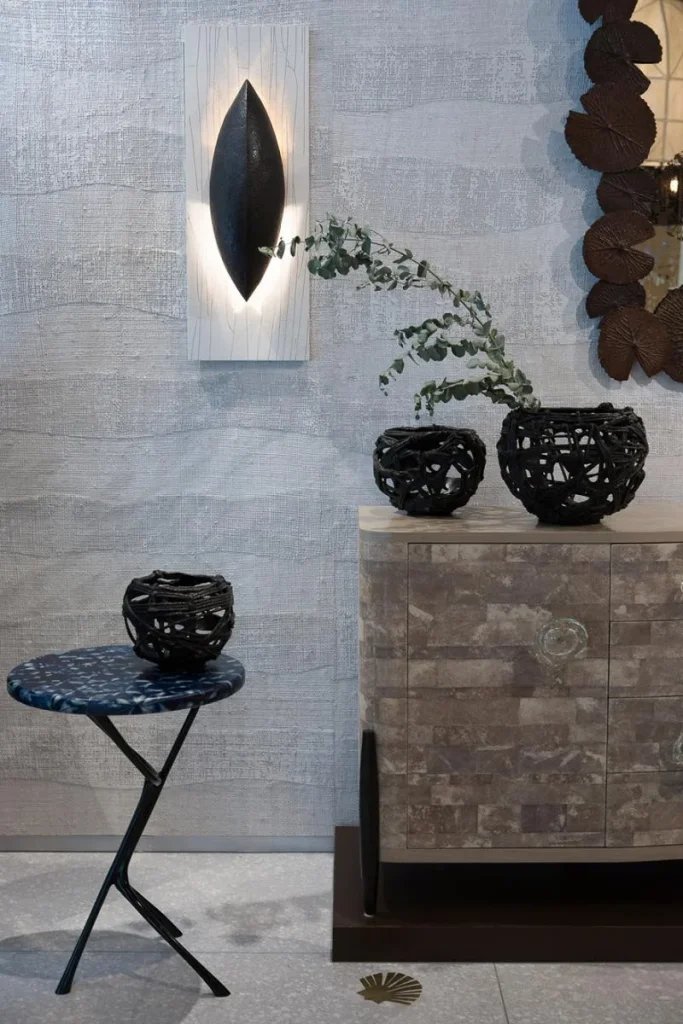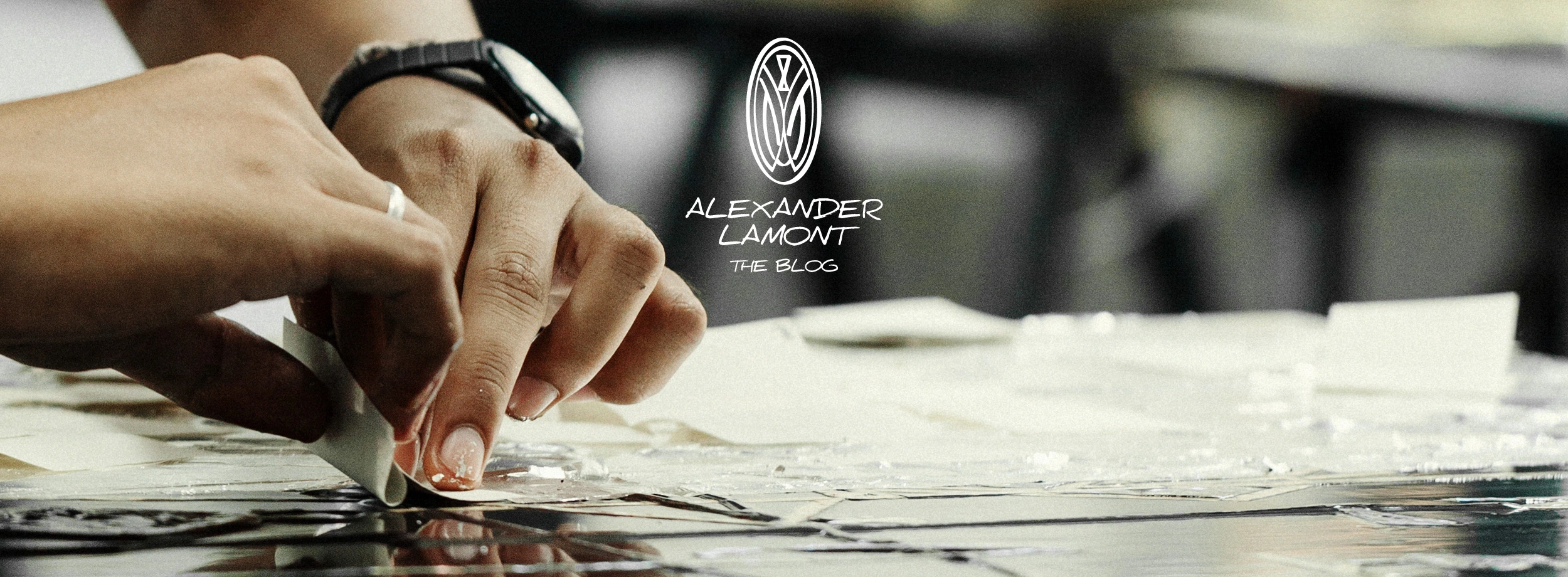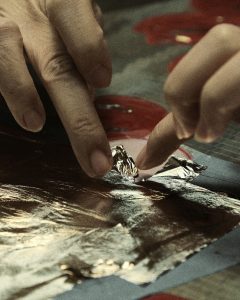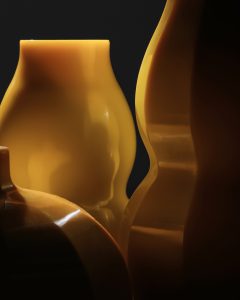Thailand is a special place for Alexander Lamont. It is where the brand was founded and continues to serve today as our home. Alex’s relationship with Thailand goes back to his childhood. His father bought antiques and traditional folk art for his family business in England, and he would like to take his family to these trips. “I was 13 years old and fell in love at first sight and first smell,” the designer recalls of his first trip to Thailand. “I could write a book about that first trip to Thailand. I was literally swept off my feet by the country and the people. The experience was totally beautiful and I can remember almost every detail almost as a part of my body.”
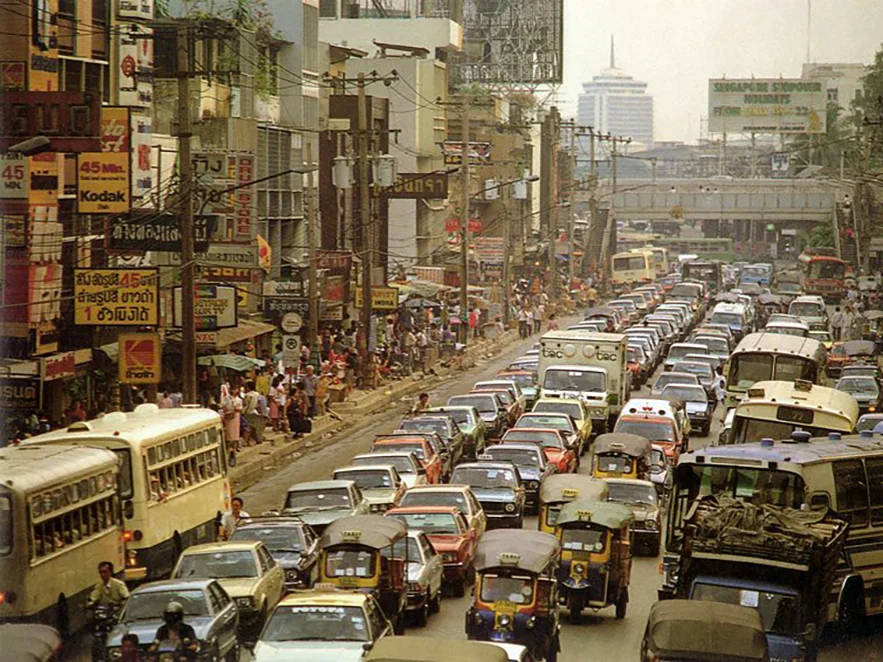
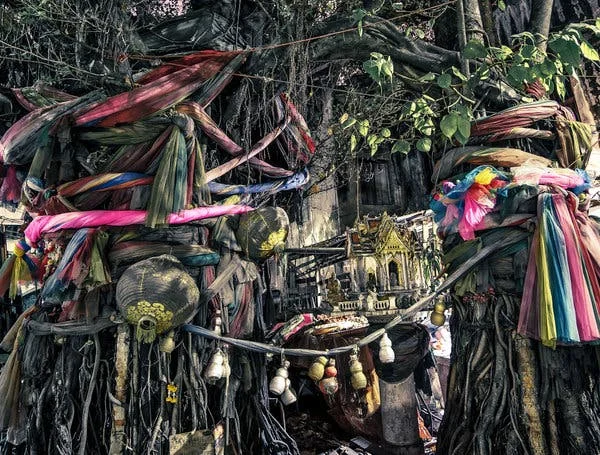
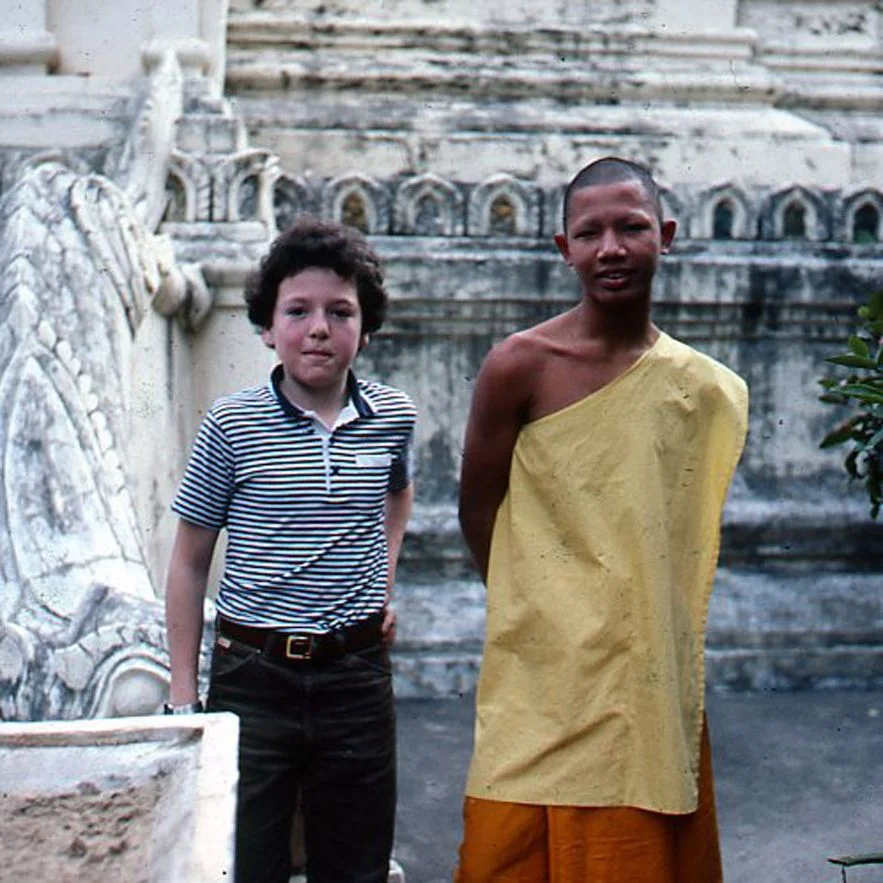
Alex’s encounter with Thailand in his childhood later inspired him to study the Thai language and culture in London University. The proximity to antiques given by his father naturally led him to study anthropology, and deepen his interest in the culture of objects in human society. The insight into humanity that he gained through such academic pursuit later allowed him to design objects that speak to our souls. After a few years of working in the antique business in Hong Kong, Alex returned to Thailand in 2000, to set up his brand, because he felt: “I wanted to work with the traditional materials and skills of Southeast Asia and bring to them a new sense of design.”
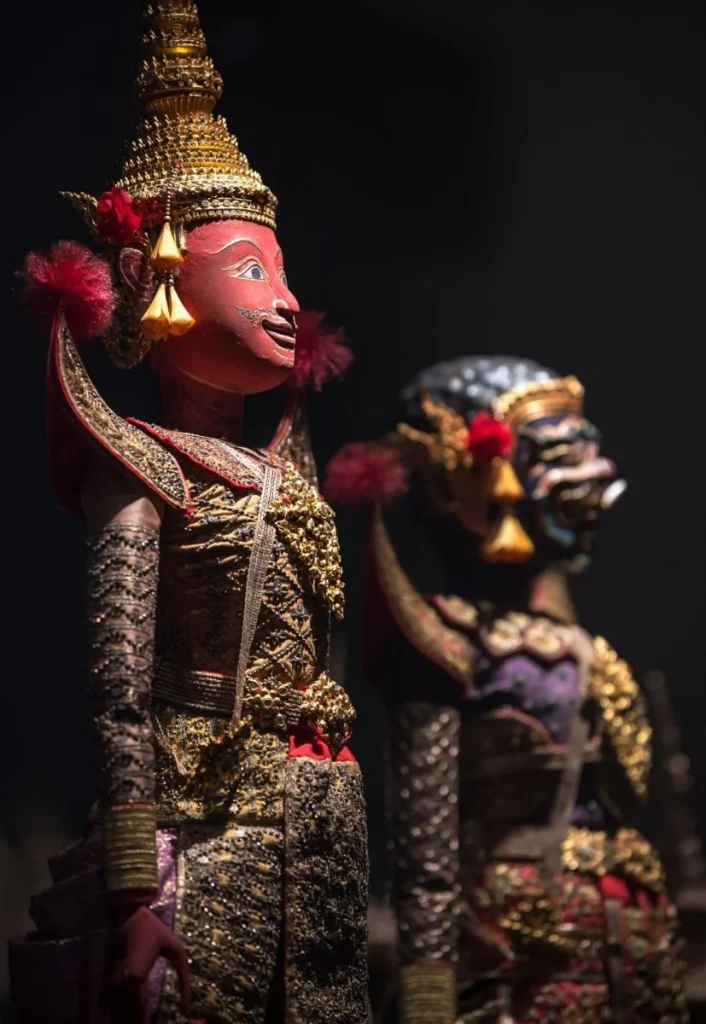
Alex made first creations using the traditional materials of Thailand. He slowly and steadily expanded its variety, selecting from different cultural origins. Today we have more than 100 artisans in the workshops, specialized in different materials and techniques. Our workshops are found in the northern part of Bangkok. Together with the design and development studio, the workshops are the stage where the designer’s ideas and dreams become materialized.
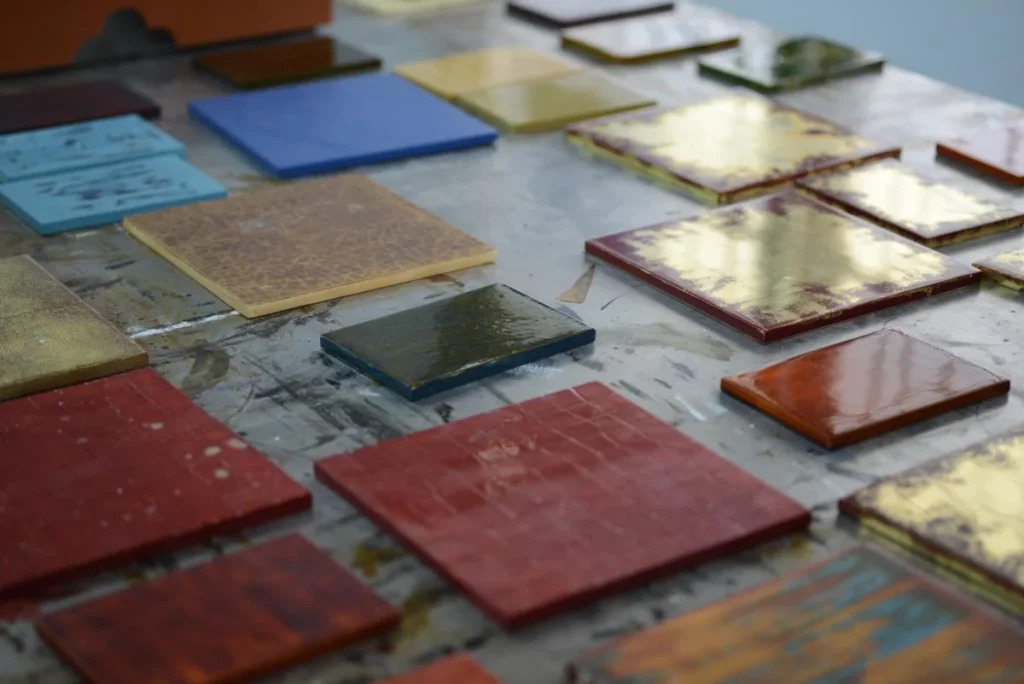
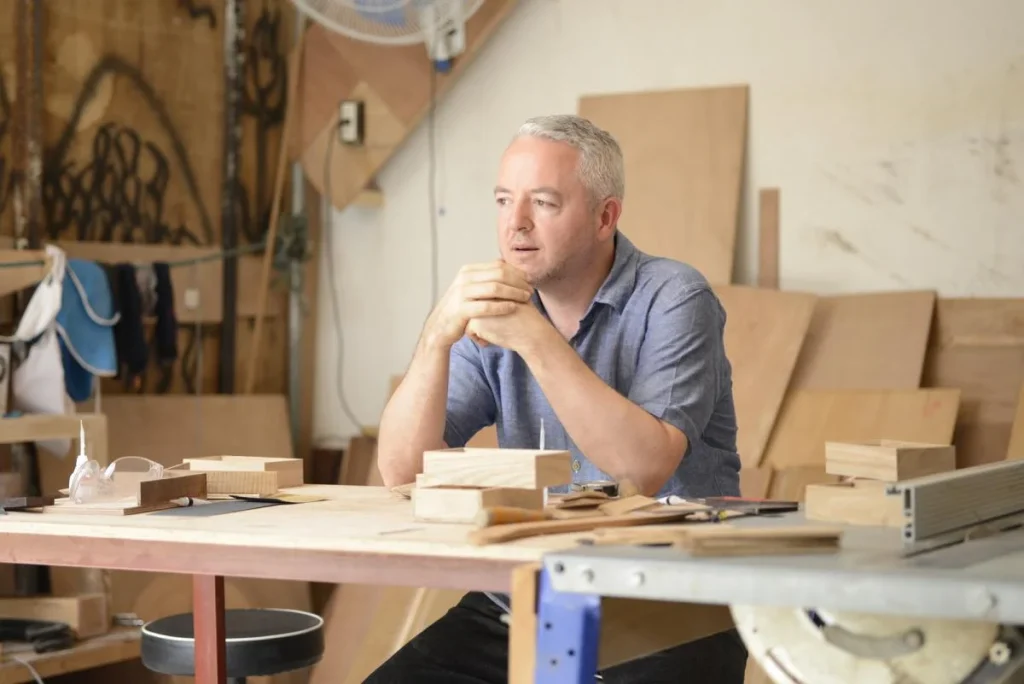
One of the first craftsmen that Alex worked with in Thailand was a bronze caster, a master of the lost wax method traditionally used for Buddha sculptures: a model is made in wax then covered with clay, dried and heated. Together Alex and the bronze caster made the first piece: a bronze bowl encrusted with the coils that cover the head of the Buddha. As Alex recounts, “there was something monumental and primordial about the mass of bronze that flowed to make this vessel”. Over the years, we have developed new patination processes and finishes that are innovative in terms of design and hard-wearing and durable in terms of quality.
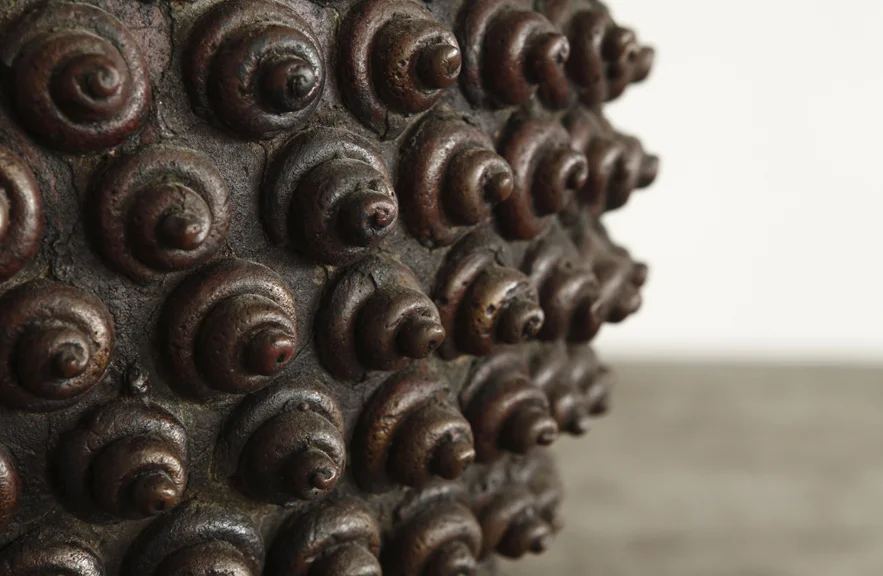
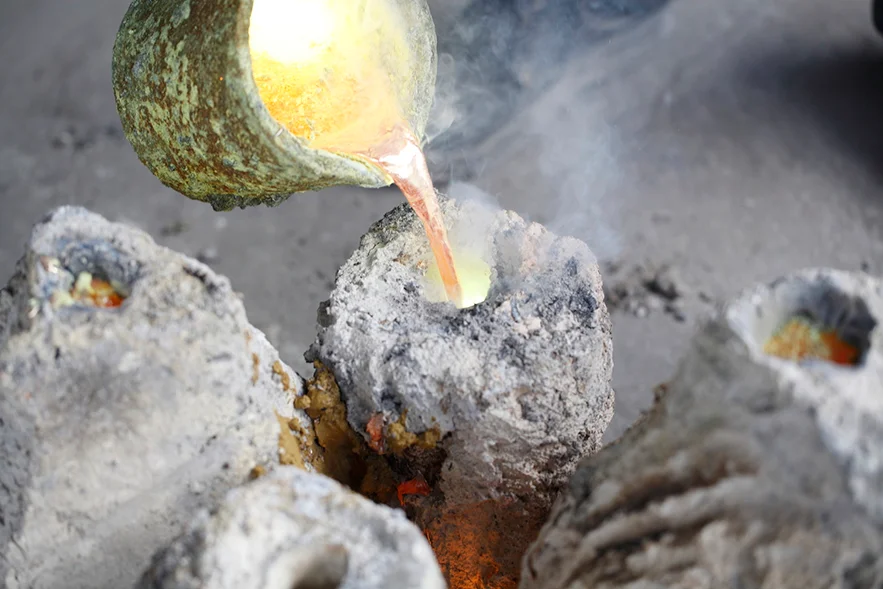
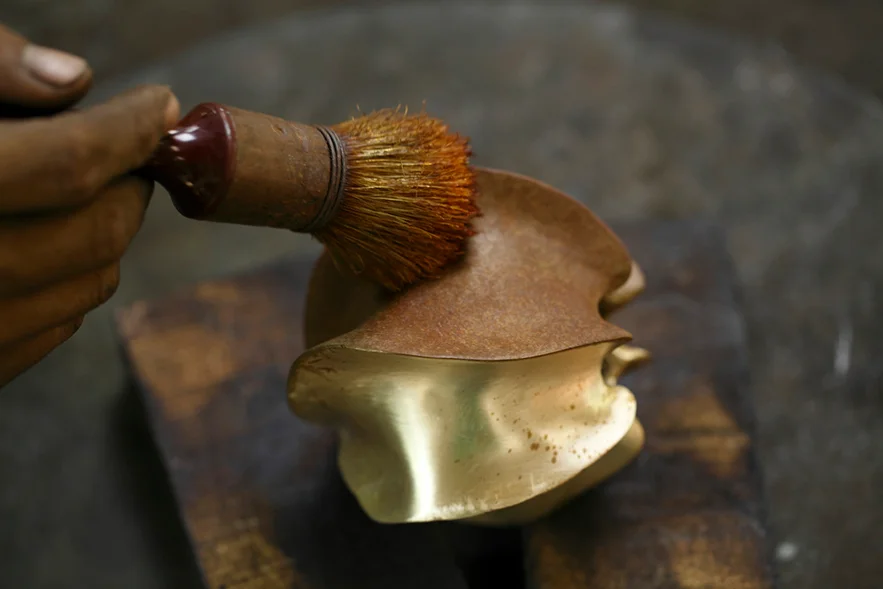
Gold is another quintessential material of Thailand. Thai gold goes back thousands of years. In fact, Suvarnabhumi, Thailand’s biggest airport, means “land of gold” in Sanskrit. The name appears in many ancient Indian literary sources and Buddhist texts to suggest the region. Gold has a great religious significance for Thais. Gold is hammered into a very slim and thin sheet by hand. Gold leaf is traditionally used to cover Buddha statues and temples, as well as ornaments in the Royal Palace and decorative artworks. At Alexander Lamont, we apply gold leaf to various finishes such as shagreen, lacquer, straw marquetry and gesso.
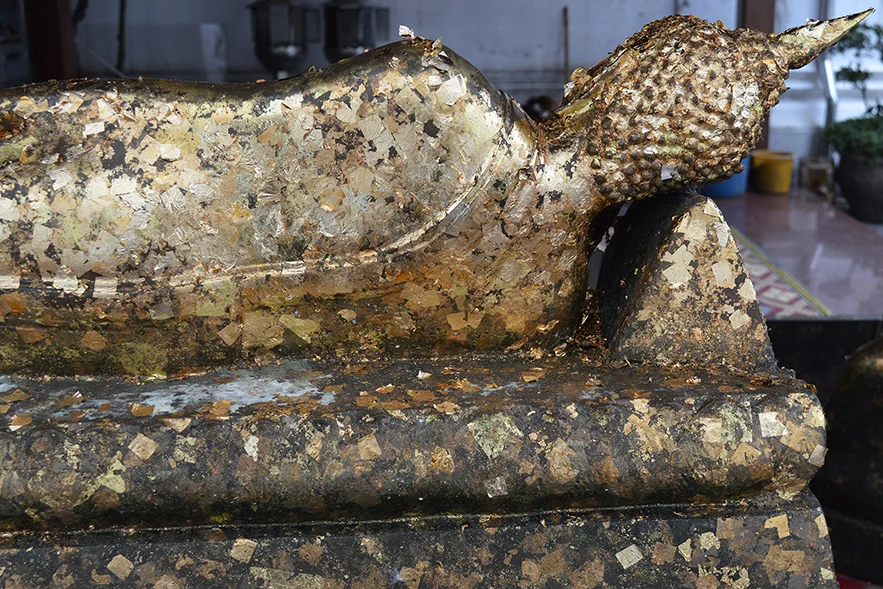
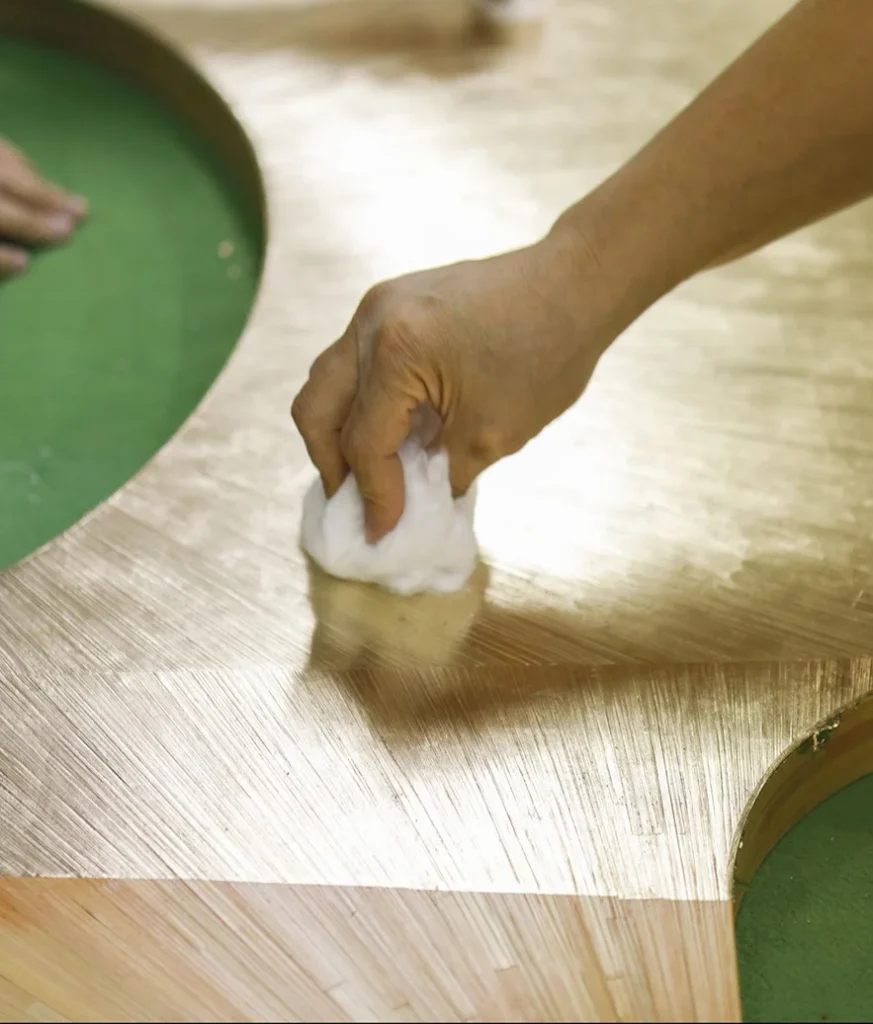
The range of our materials has greatly extended over the years. And from an ongoing dialogue between Alex and artisans emerge new techniques and designs. In the design and development studio, we constantly strive for innovation with modern techniques, while we pay our respects to traditions through learning and emulation. To master something rare and beautiful that has been used for centuries, to push it somewhere new, and to bring it into the new present are the delicious challenges that Alexander Lamont seeks and thrives upon. In the coming articles, we will be sharing with you more stories on our beautiful materials and of the innovative techniques and skills that are a core part of our work.
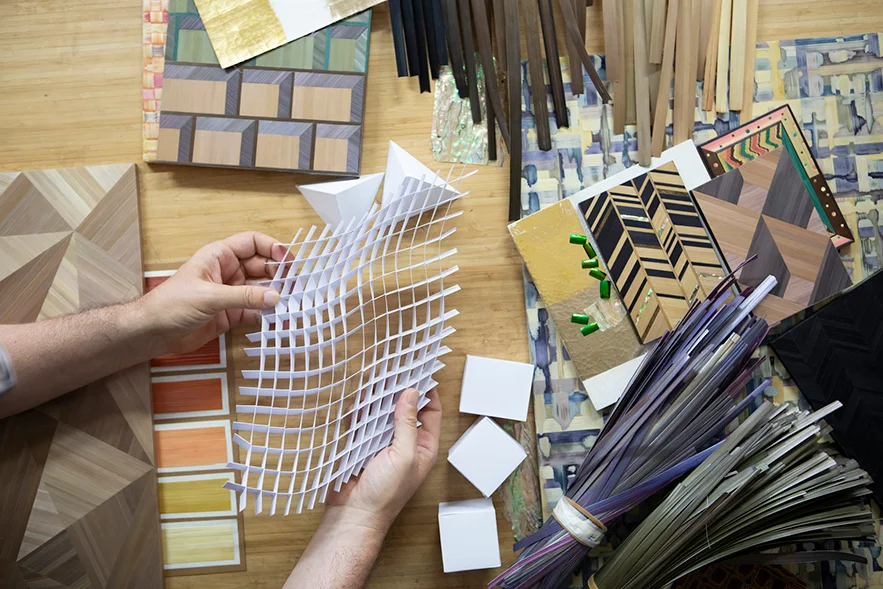
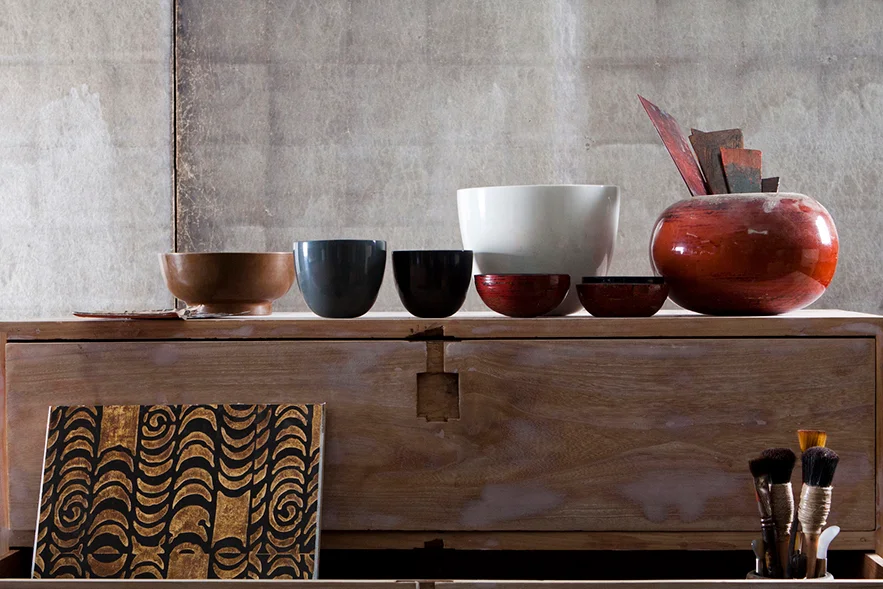
“My observation of the really great craftsmen who come work for our company is that they have been looking for a job like this all the time,” says Alex. “They didn’t think a job like this would exist and thought they would have to work in a circuit board company. There’s nothing in this area in terms of good craftsmanship, where someone with a really wonderful skill can express Thai traditions in a new way that’s great for the country. I feel a bit odd being the English guy doing it.”
In Thailand art and craft is woven into the country’s rich cultural heritage and is an inherent part of Thailand’s history and national identity. While the country is rapidly industrialising and in danger of leaving behind its long heritage at handicrafts, we strive to be the best platform in which to enhance such creativity that runs through Thai blood. “Made in Thailand” is our proud roots and we are keen on increasing our presence as an exquisite Asian brand in the global stage.
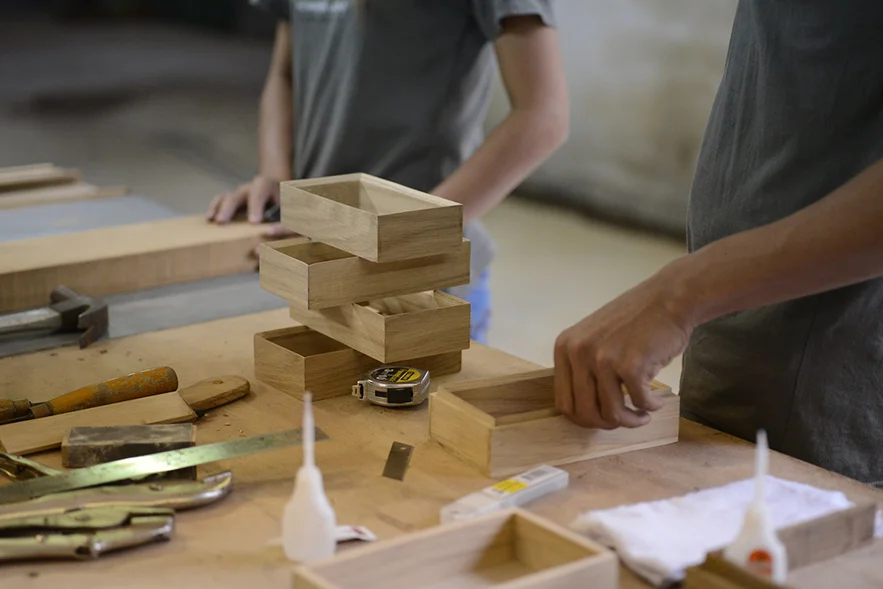
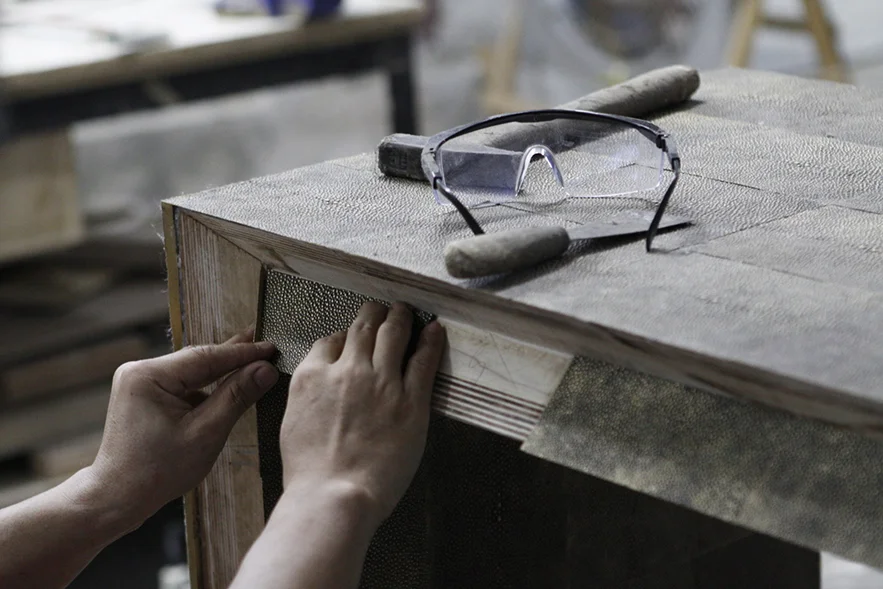
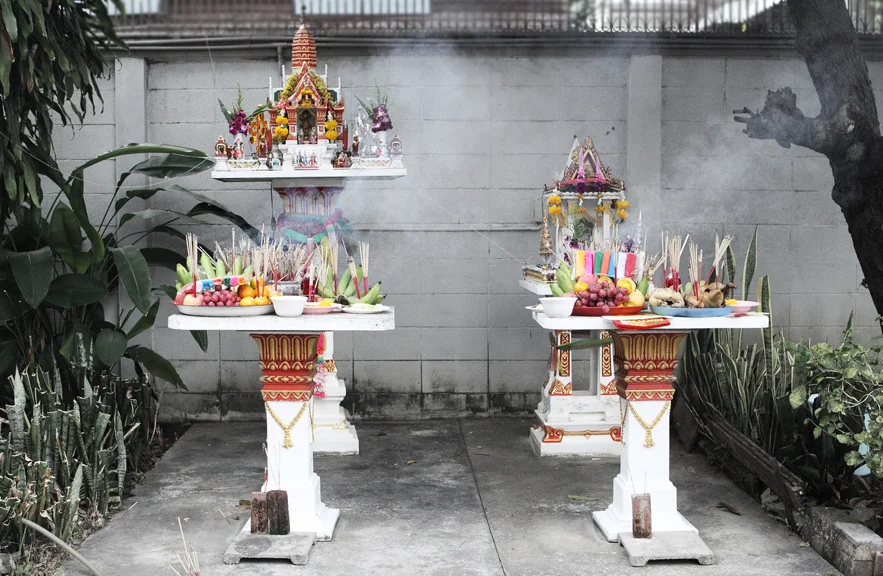
During the National Holiday Golden Week, some of our readers might be visiting Thailand. In Bangkok we have our flagship shop in Gaysorn Village and our gift shop in Central Embassy, while in Phuket we have our resort concept store in Surin Plaza. Alex’s dedication to meticulous workmanship, rare materials and exquisite aesthetic taste are tastefully displayed in these shops. Feel free to come visit us and let us take you through the splendour of Alexander Lamont.
